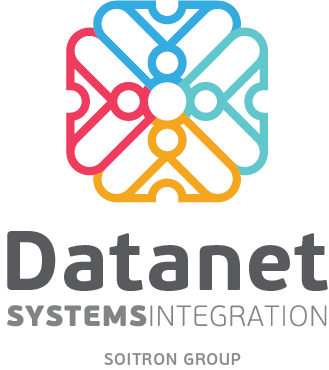Datanet » Technologies and IT solutions » Air traffic control integrated communication solution
Datanet » Technologies and IT solutions » Air traffic control integrated communication solution
A communications network for Air Traffic Control organizations provides to the public secure, reliable operations and services.
Due to their operational objectives and inherent needs of security and reliability, Air Traffic Control (ATC) organizations have very specific communication needs. Together with specific radar systems and air traffic operations, ground operations require a consistent voice communication infrastructure.
Datanet Systems delivers such a solution, designed and executed in a modular architecture, in order to fulfill the specific communication requirements of the Air Traffic Management organization and of the airports.
According to security requirements, the communication network must always be available and interruptions are not acceptable.
The ATC communication system uses IP and MPLS to operate the entire ATC voice and data traffic. An organized network of redundant communication lines and redundant network nodes is created, which converge automatically in order to ensure continuous communication services for all terminals and services, even in the event of multiple failures and simultaneous interruptions.
In addition, the system can be easily expanded and upgraded, without affecting the operational traffic.
It allows the use of affordable IP communications services leased from telecom service providers and, most importantly, is fully compliant with the security and availability requirements of ATC organizations, requirements demonstrated in over 10 years of successful operations.
Proposed target groups for the solution:
Legacy Systems Interfaces Layer – The option to build an interfacing layer between the fast and convergent IP network infrastructure and legacy voice and data services interfaces, without affecting the resiliency of the end-to-end services.
Advanced Security Architecture – The option of partitioning the network into distinct layers, completely separated or capable of communicating in a controlled manner, all running on a common physical infrastructure.
The solution provided has been designed with a modular architecture and multiple levels of resilience and security, using the following products:
